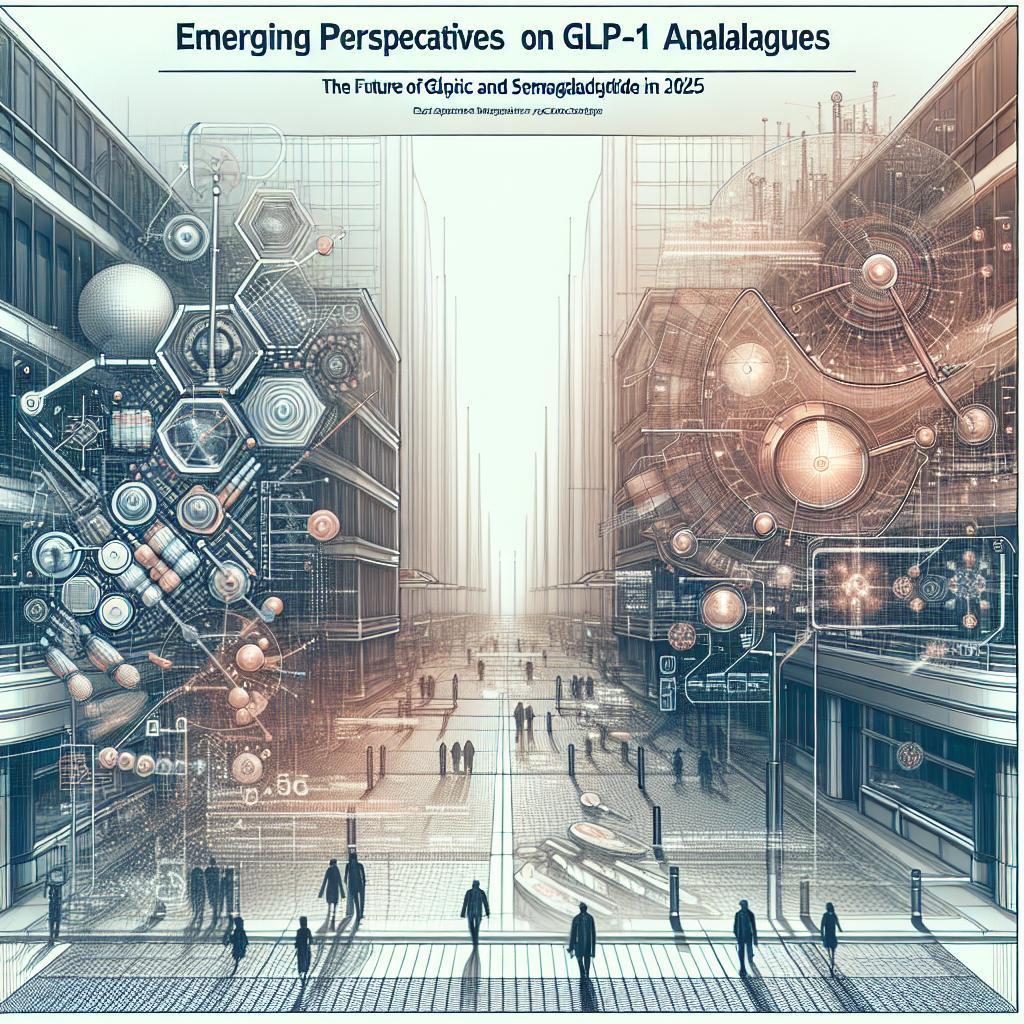
Over the past decade, GLP-1 (glucagon-like peptide-1) analogues such as Ozempic (semaglutide) have revolutionized the management of type 2 diabetes and obesity. As we look ahead to 2025, the landscape is poised for meaningful advancements driven by innovative research, expanding indications, and evolving clinical practices. This article explores the emerging perspectives on GLP-1 analogues and their future trajectory.
1. Expanded Therapeutic Applications
One of the most promising developments is the potential for GLP-1 analogues to treat a broader range of conditions. Researchers are investigating their effectiveness in:
- Non-alcoholic fatty liver disease (NAFLD) and nonalcoholic steatohepatitis (NASH)
- Alzheimer’s disease and cognitive decline
- Cardiovascular disease prevention beyond diabetic populations
2. Enhanced Formulations and Delivery Systems
Innovations in drug delivery are anticipated to make GLP-1 analogues more convenient and accessible, including:
- Oral formulations with improved bioavailability, reducing the need for injections
- Long-acting formulations allowing once-weekly or even less frequent dosing
- Smart delivery systems utilizing nanotechnology for targeted action
3. Personalized Medicine and Biomarker Integration
The future of GLP-1 therapy includes personalized treatment approaches,facilitated by:
- Identification of genetic and metabolic biomarkers to predict response
- Tailoring dosages and treatment duration for individual patients
- Monitoring tools for real-time assessment of efficacy and side effects
4. Market Expansion and Regulatory Approvals
As evidence accumulates, regulatory agencies are expected to approve GLP-1 analogues for new indications, leading to:
- Broader insurance coverage and improved affordability
- Increased availability in global markets
- Growth of next-generation compounds with improved safety profiles
5. Integration into Multimodal Treatment Regimens
In the coming years, GLP-1 analogues are likely to be integrated into complete treatment plans that combine:
- Behavioral interventions such as diet and exercise
- Other pharmacological agents targeting different pathways
- Device-based therapies for weight management and metabolic control
the future of Ozempic, semaglutide, and related GLP-1 analogues appears promising, with significant potential to improve health outcomes and quality of life for millions. Continuous research, technological innovation, and regulatory support will be key drivers shaping this evolving landscape by 2025.






